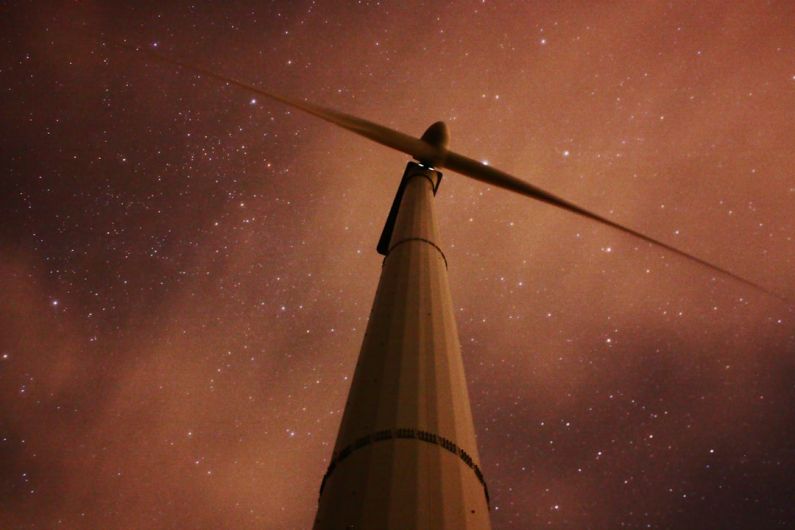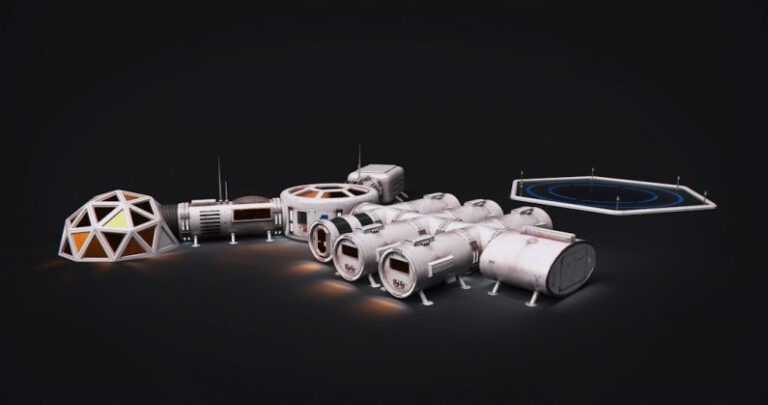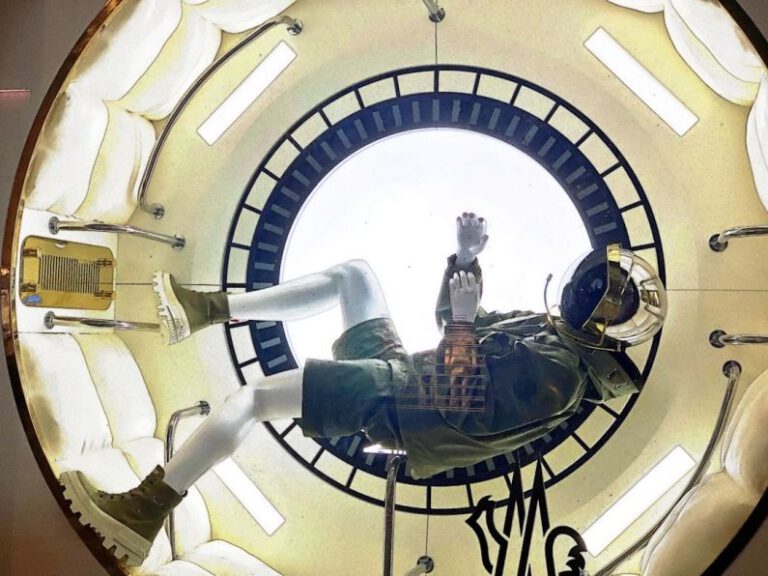Orbital Solar Farms: Power from above
The concept of orbital solar farms has been gaining momentum in recent years as a potential solution to the world’s growing energy needs. Imagine vast arrays of solar panels floating in space, capturing the sun’s energy and beaming it down to Earth in the form of microwaves. This futuristic idea may soon become a reality, revolutionizing the way we harness solar power and providing a sustainable source of clean energy for generations to come.
Harnessing the Power of the Sun
Solar energy has long been recognized as a clean and renewable source of power that can help reduce our reliance on fossil fuels. Traditional solar panels on Earth have limitations, such as being dependent on daylight hours and weather conditions. Orbital solar farms, on the other hand, have the potential to capture sunlight 24/7 without being obstructed by clouds or nightfall. This continuous access to solar energy could significantly increase the efficiency of power generation and provide a more reliable source of electricity.
Space-based solar power systems would consist of large solar arrays in orbit around the Earth, where they can be exposed to sunlight at all times. These arrays would convert solar energy into electricity and then transmit it wirelessly to receiving stations on the ground. The energy would be beamed down in the form of microwaves or lasers, which could then be converted back into electricity for use in homes, businesses, and industries.
Advantages of Orbital Solar Farms
One of the main advantages of orbital solar farms is their ability to generate large amounts of electricity without taking up valuable land space on Earth. Traditional solar farms require vast areas of land to accommodate the solar panels, which can be a challenge in densely populated regions. By moving solar panels into space, we can free up land for other uses while still reaping the benefits of solar power.
Additionally, orbital solar farms are not limited by geographical location or climate conditions. They can be positioned in high orbit above the Earth, where they can receive sunlight continuously and avoid the effects of atmospheric interference. This means that countries closer to the poles or with limited sunlight exposure could still benefit from solar power generated in space.
Challenges and Considerations
While the concept of orbital solar farms holds great promise, there are still several challenges that need to be addressed before it can become a mainstream energy source. The cost of launching solar panels and infrastructure into space is currently prohibitive, but advancements in space technology and materials could help reduce these expenses in the future.
There are also concerns about the safety and environmental impact of beaming energy down to Earth in the form of microwaves. Research is ongoing to ensure that the transmission of energy is done in a way that minimizes risks to human health and the environment.
Looking to the Future
As technology continues to advance and the demand for clean energy grows, orbital solar farms could play a significant role in meeting our energy needs in a sustainable way. By harnessing the power of the sun from above, we can create a more efficient and reliable source of electricity that benefits both the planet and future generations.
With ongoing research and development, orbital solar farms may soon become a reality, transforming the way we think about solar power and paving the way for a cleaner, greener future. The potential for space-based solar power is vast, and its implementation could mark a new era in renewable energy production.






